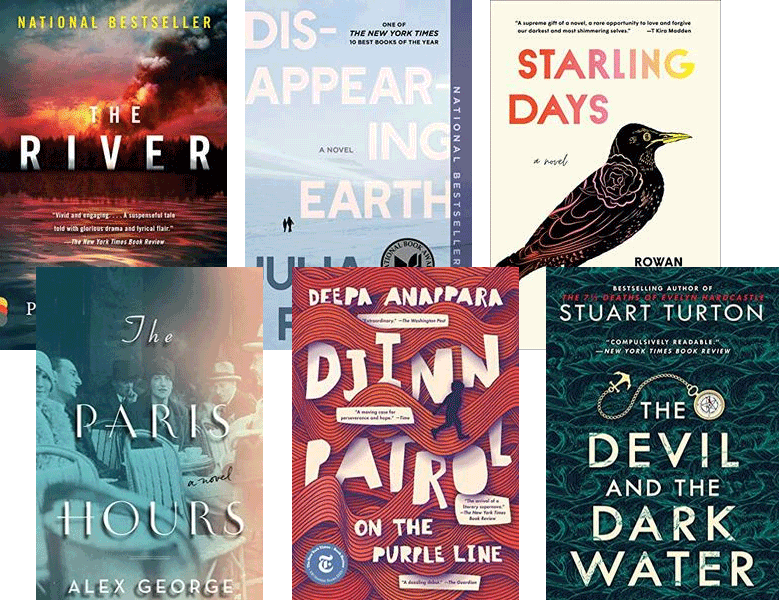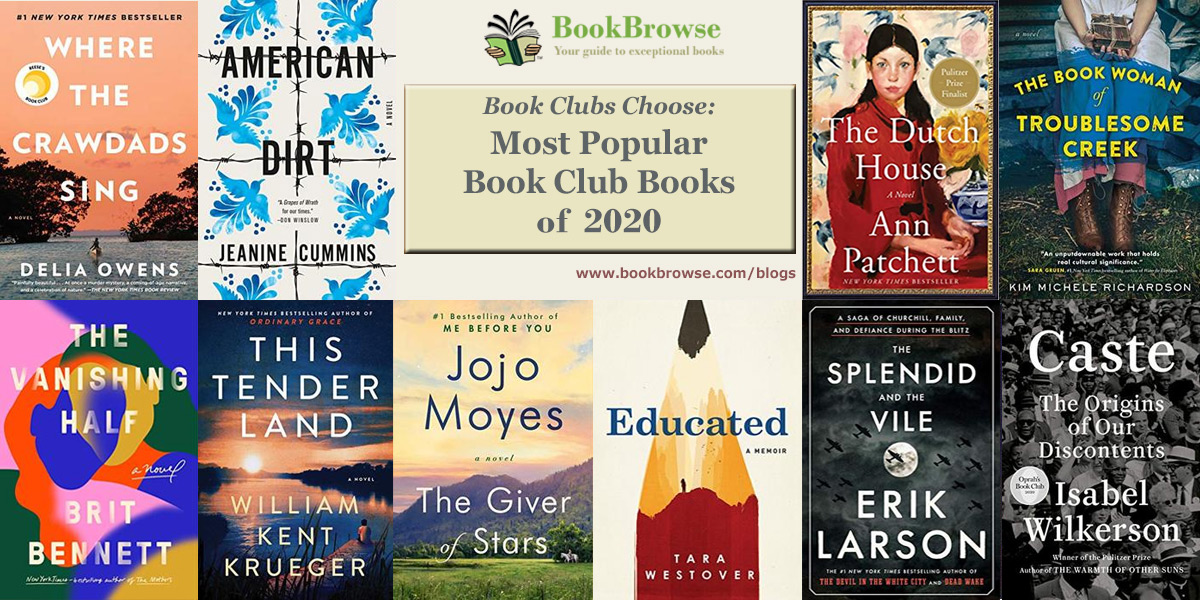
Jhumpa Lahiri wrote her novel Whereabouts in Italian, a language she learned in adulthood, and later translated it into English. Many authors have at some time made the decision to become exophonic (to write in a language other than one's native tongue), whether for personal, artistic, practical or political reasons.
The author who is possibly best known for doing this is Irish writer Samuel Beckett, who famously adopted French in order to write "sans style" (without style). While he eventually returned to English, some of his most famous works were originally composed in French, including the play En attendant Godot (Waiting for Godot) and the trilogy of novels beginning with Molloy.




Last year, we asked book club members to share with us the books they had most enjoyed reading and discussing in all the years they have been in book groups. In addition to sharing their all-time favorite books overall, they also told us about their favorite mysteries and thrillers and favorite nonfiction titles. In addition, we asked them to tell us which books they had most enjoyed reading and discussing in 2019.
Now, I am pleased to bring you the results from our recent survey to reveal book club members' 2020 favorites.
By any standard, 2020 was an unusual year, with about a quarter of US book clubs not meeting at all once the pandemic started (according to our Book Clubs in Lockdown research report). Because those in groups that had only met for two to three months at the start of the year had a very limited number of titles to select a favorite from, and because they had not had a chance to discuss the more recently published books (which therefore put these titles at a disadvantage) we only asked respondents whose groups had met for the majority of 2020 to name their favorite titles.
This is what they told us: